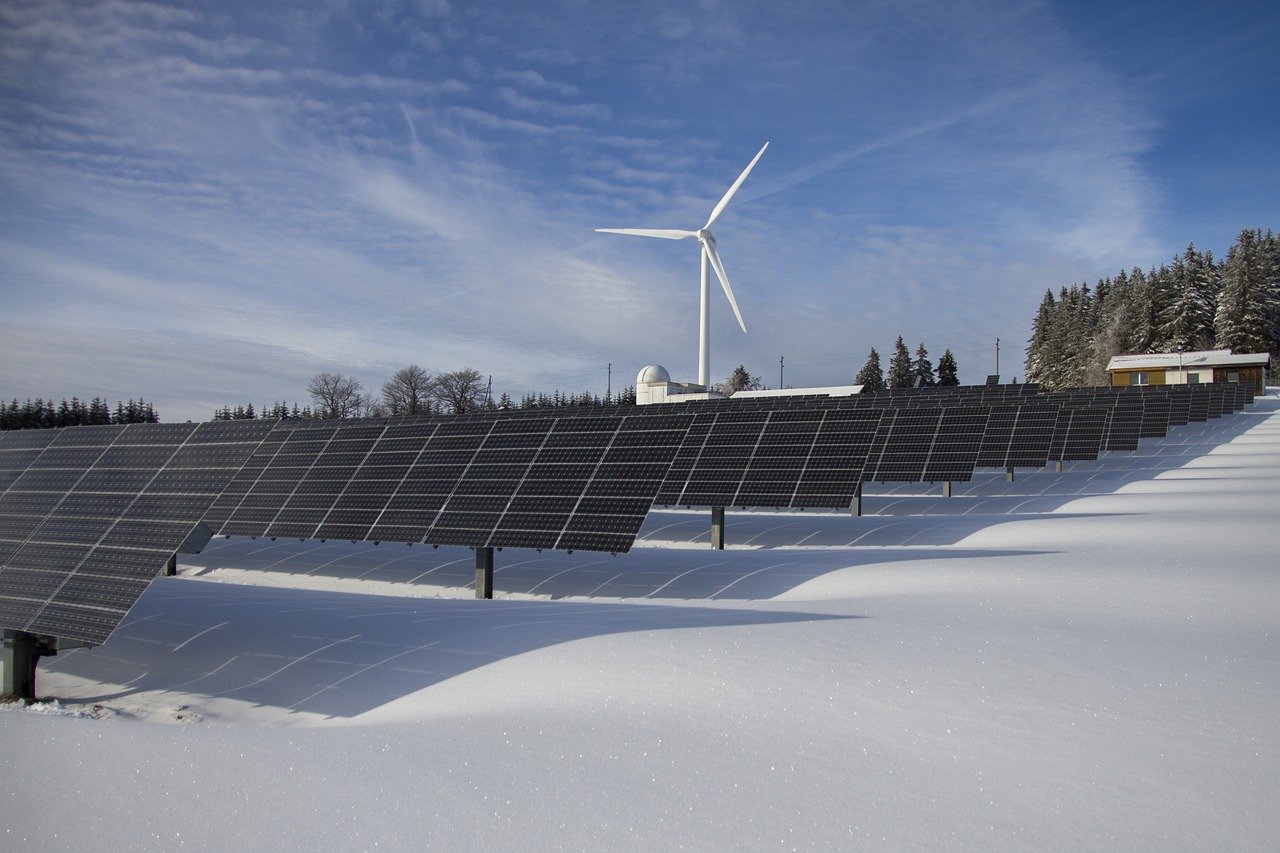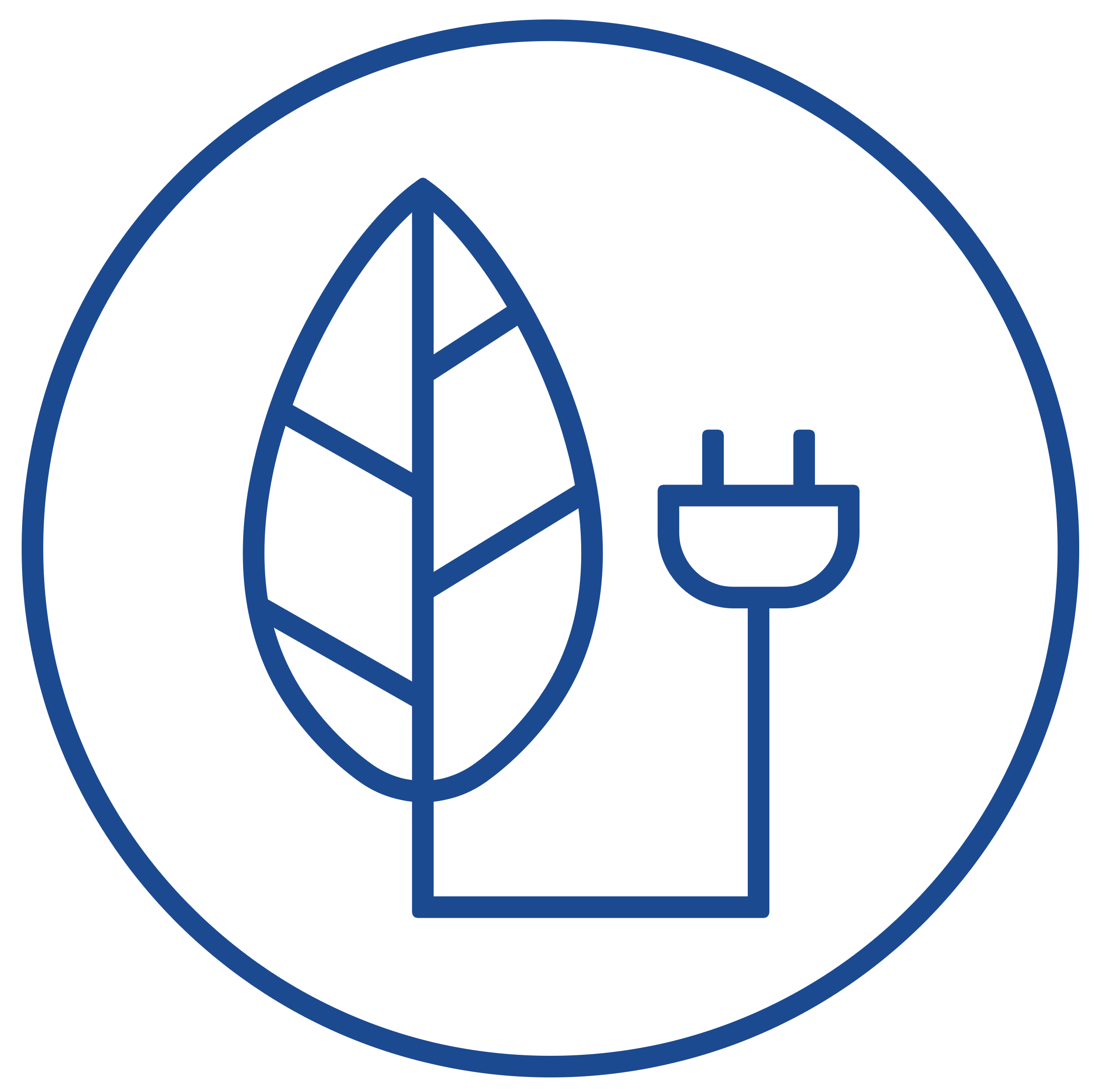
POB6.4 Renewable and alternative energy sources and prosumer energy
Coordinators
PhD Marek Szindler RMT, PhD Marcin Fice RE
Marek.Szindler@polsl.pl
Ph.: +48 32 237 2936
Marcin.Fice@polsl.pl
Ph.: +48 32 237 1258
The research carried out under subarea 4, combining knowledge in the fields of physics (mechanics, optoelectronics), chemistry, mathematics, materials engineering and production technologies, is aimed primarily at improving the quality and lifestyle through effective production and use of electricity, taking into account environmental protection. This research is interdisciplinary and all the Departments of the Silesian University of Technology are involved in their implementation.
For years, research related to photovoltaics has been conducted continuously, as evidenced by numerous publications and research projects carried out. Non-toxic electrically conductive materials are sought on a large scale, in particular polymeric materials that can be used in optoelectric and photovoltaic systems. Using optical fiber techniques and integrated optics, the physicochemical properties of engineering materials potentially used in modern energy are investigated. The knowledge of conjugated polymers and doping of polymeric materials, semiconductor heterostructures in the context of their application in organic photovoltaic cells, solar radiation concentrators, sensors and optoelectric devices is constantly being developed. Currently ongoing research includes 1st, 2nd and 3rd generation solar cells. Particular attention was paid to silicon solar cells with laser texture and antireflection thin films deposited by atomic layer deposition method(ALD), dye-sensitized solar cells with nanomaterials (nanotubes, graphene, nanowires, nanoparticles and solid polyelectrolytes) and polymer solar cells with newly developed conductive polymeric materials. Research on solar cells is developed in the direction of increasing the efficiency of cells and lowering production costs, as well as extending the possibilities of applications by integrating them with construction or developing flexible versions. Progress is made by improving connectors, contacts and geometric features of solar cells, methods of their surface treatment and the use of new engineering materials with unique properties. Hence the constant search for new materials and technological solutions that will allow to produce a highly efficient solar cell.
The Silesian University of Technology also conducts extensive work on wind and hydroelectric turbines, where e.g. geometric features of turbine blades are optimized in order to minimize their vibrations. In the area of interest of the Employees of the Silesian University of Technology there are also hybrid solar-wind micro power plants designed to power the electrical installation of single-family houses. The conducted research concerns power electronic converters used in wind and photovoltaic energy and their control algorithms, incl. algorithm of searching for the point of maximum power. In this regard, new solutions are developed for power electronic converters cooperating with renewable energy sources and energy storage, enabling the selection of optimal power to the energy needs of the recipient. In the case of power electronics solutions, the greatest emphasis is placed on ensuring the highest efficiency of solutions and the implementation of the widest possible functionality. Therefore, systems cooperating with single photovoltaic panels on one side and creating a chain at the outputs enabling cooperation with the grid converter were developed. Battery charging systems from photovoltaic panels with 2 independent inputs for cooperation with photovoltaic panels or converters for prosumer installations were also developed. This solution enables the charge/discharge energy storage, management of work load, reducing the flow of power from the network, the integration of renewable energy sources or even to reducing the impact on the domestic network of receivers. The works related to the selection of the optimal power (based on the power profiles at the point of connection to the grid) are aimed at minimizing installation costs and maximizing the return on investment.








